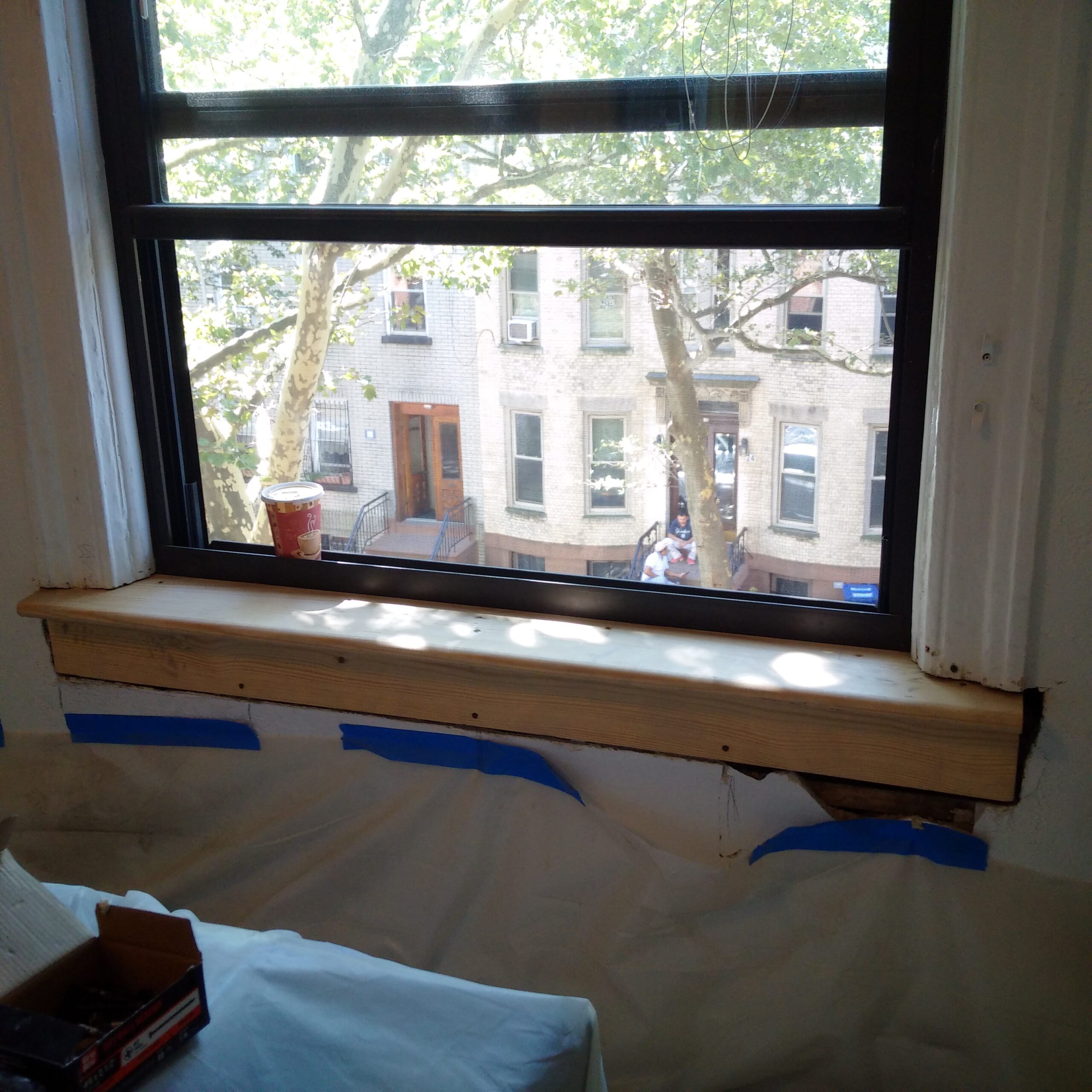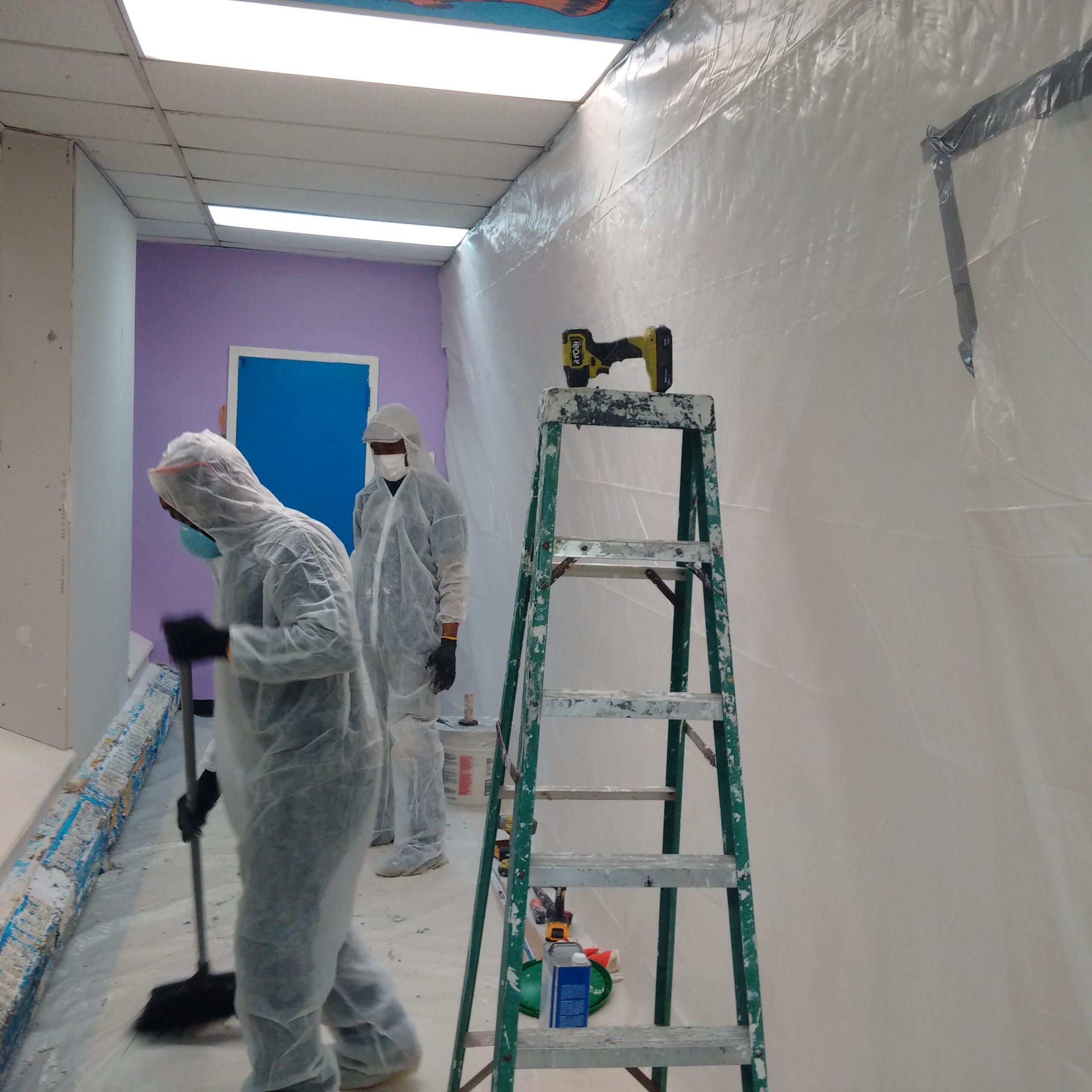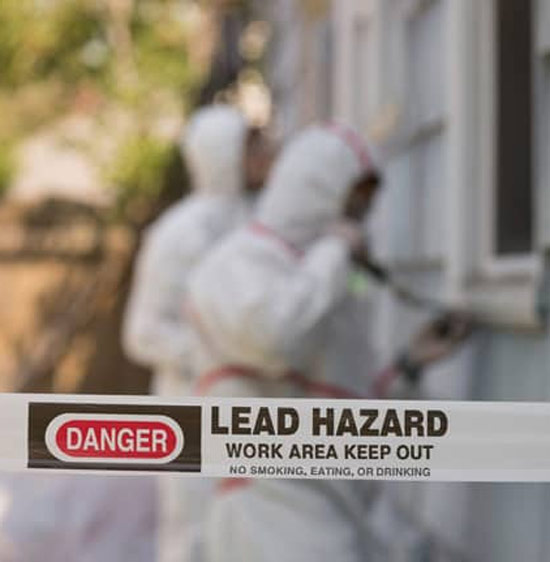Comprehensive Lead Paint Removal Service in NYC-- Certified and Certified
Comprehensive Lead Paint Removal Service in NYC-- Certified and Certified
Blog Article
Essential Devices and Strategies for Reliable Lead Offense Clean-up
Resolving lead offenses effectively necessitates a comprehensive approach that blends the right tools with strategic techniques. Simultaneously, the use of specialized cleanup devices, such as HEPA vacuum cleaners and lead-specific cleaning agents, is imperative for comprehensive contaminant elimination. Efficient containment techniques, consisting of plastic sheet and adverse air stress systems, are essential to protect against the spread of dangerous materials.
Individual Protective Tools
Individual safety tools (PPE) is an important element in the reliable management of lead contamination clean-up. The essential PPE for lead clean-up includes respirators, protective garments, handwear covers, and eye protection.
Respirators, especially those furnished with HEPA filters, are vital for filtering system airborne lead fragments, avoiding inhalation. Correct fit and seal checks are essential to guarantee their effectiveness. Safety clothes, including coveralls and disposable suits, stops lead dust from sticking to workers' garments, lowering the danger of secondary contamination. Gloves, generally made from nitrile or latex, secure the skin from direct contact with lead, while safety goggles or full-face guards protect the eyes from dirt and particles.
Furthermore, rigorous training on the right usage and maintenance of PPE is vital. Workers need to be educated on wearing and doffing procedures to avoid contamination. Normal evaluations and substitutes of PPE components are needed to maintain their protective capacities, guaranteeing a safe and certified clean-up procedure.
Specialized Cleanup Equipment

One more crucial tool is the wet/dry vacuum cleaner, which can properly clean up both dirt and liquid impurities. These vacuums usually come with HEPA filters to supply an added layer of safety. Wet cleans or tack cloths are likewise critical for surface cleaning; they are particularly created to record and hold lead particles, lowering the threat of spreading contamination.
For more stubborn deposits, specialized lead-removal cleaning agents are called for. These representatives are formulated to break down lead particles, making them simpler to eliminate. Scrub brushes with tough bristles can assist in this process, specifically on harsh surface areas where lead dirt tends to stick more strongly.
In addition, encapsulants are made use of to secure lead-contaminated surfaces, stopping the launch of lead dust. These specialized paints and finishes are made to comply with various substratums, providing a long-term solution for lead control.
Effective Containment Methods
Effective containment techniques are important in reducing the spread of lead contamination throughout clean-up activities. Applying robust control methods makes sure that lead particles do not move to unaffected locations, thus shielding both workers and the environment (DOH try this out & HPD Lead Violation Removal NYC).

To improve control, encapsulants can be applied to surfaces that are not being eliminated or disturbed. These specialized finishings bind lead dust, reducing its availability for resuspension. Additionally, all personnel have to use appropriate Individual Protective Devices (PPE), consisting of respirators and non reusable suits, to stop contamination spread.
Safe Disposal Practices
Making sure secure disposal practices is a vital element in the monitoring Homepage of lead contamination cleaning. Proper disposal alleviates the threat of lead re-entering the atmosphere and endangering public wellness. The very first action is to identify and segregate lead-contaminated waste from other products. Protected containment making use of durable, leak-proof containers is vital to protect against splilling during transport.
Transporting lead waste needs adherence to rigorous standards. Using certified contaminated materials carriers guarantees that the materials are handled responsibly. Documentation, consisting of materializes detailing the type and quantity of waste, must go along with shipments to track the waste from the site of origin click resources to its last disposal location.
Designated harmful waste disposal facilities are equipped to take care of lead-contaminated materials securely. These facilities frequently utilize sophisticated techniques such as stabilization, solidification, or chemical treatment to reduce the effects of the lead before disposal. Landfilling in specialized, lined areas that prevent leachate from infecting groundwater is an usual technique for last disposal.
Routine training for employees associated with lead garbage disposal is important to preserve safety standards and stop accidental direct exposure. By sticking to these methods, organizations can dramatically decrease the environmental and health and wellness effects connected with lead contamination.
Regulatory Conformity Tips

Abiding by regulative conformity is extremely important in the successful implementation of lead contamination cleaning. Recognizing and following government, state, and neighborhood guidelines ensures not just the safety and health and wellness of people yet likewise the legal and financial health of the cleanup company. The Environmental Security Firm (EPA) establishes rigid criteria, such as the Lead Remodelling, Fixing, and Paint (RRP) Rule, which mandates correct qualification and training for professionals managing lead-based tasks.
Compliance begins with a thorough analysis of suitable regulations and regulations. Organizations must stay updated on any type of legislative adjustments, which can be promoted with regular training sessions and registering for industry updates. Paperwork is another crucial conformity aspect; preserving comprehensive records of all tasks, consisting of evaluation reports, staff member training logs, and disposal shows up, is important.
Furthermore, involving with accredited lead assessors or run the risk of assessors ensures that lead dangers are appropriately determined and alleviated. Employers must implement using Personal Protective Tools (PPE) and guarantee that security methods are purely followed. Lastly, transparent interaction with stakeholders, including workers, customers, and governing bodies, will certainly cultivate a culture of compliance and accountability, eventually adding to a more secure and a lot more efficient lead cleaning process.
Verdict
Reliable lead violation clean-up requires the assimilation of specialized devices and critical methods to make sure security and efficacy. Personal protective tools (PPE) safeguards employees from exposure, while secure disposal techniques and rigorous adherence to governing conformity are important for responsibly handling harmful waste.
Report this page